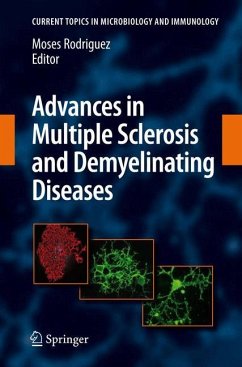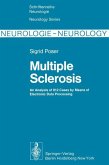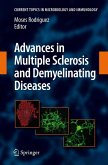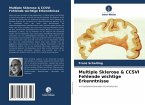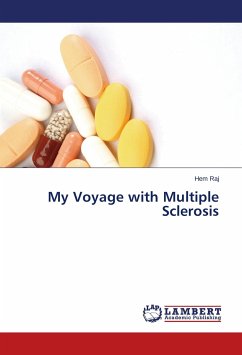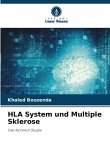"There is a need for a paradigm shift in our thinking about the pathogenesis of multiple sclerosis."
Challenging Charcot's hypothesis that inflammatory response is the primary contributor to demyelination, Dr. Rodriguez and colleagues take a fresh, bold look at the causes and possible treatments of MS.
Assuming oligodendrocyte injury as a prerequisite to MS, the authors explore viruses, toxins and genetic defects as possible culprits. They present novel methods to interrupt and reverse demyelination. This book examines the correlation between axonal loss and clinical deficits, including the implied role of the CD8+ T cell and perforin. It assesses proteases, specifically, kallikrein 6, which are strongly associated with active demyelination. By directing natural autoantibodies against oligodendrocytes that demonstrate remyelination in animal models, the authors envision clinical trials for remyelination enhancement.
As internationally recognized specialists in a wide range of MS disciplines, the authors explore genetic tools for identifying patients who are most likely to experience spontaneous remyelination. Epidemiology studies offer additional avenues of treatment. Examples include uric acid, statin drugs, estrogen and progesterone.
MS affects nearly 400,000 people in the United States, many of whom are between18 and 40 years of age. With their novel, multifaceted approach to basic science-and their applications in understanding cause and treatment-the authors offer help to clinicians and hope to patients.
Challenging Charcot's hypothesis that inflammatory response is the primary contributor to demyelination, Dr. Rodriguez and colleagues take a fresh, bold look at the causes and possible treatments of MS.
Assuming oligodendrocyte injury as a prerequisite to MS, the authors explore viruses, toxins and genetic defects as possible culprits. They present novel methods to interrupt and reverse demyelination. This book examines the correlation between axonal loss and clinical deficits, including the implied role of the CD8+ T cell and perforin. It assesses proteases, specifically, kallikrein 6, which are strongly associated with active demyelination. By directing natural autoantibodies against oligodendrocytes that demonstrate remyelination in animal models, the authors envision clinical trials for remyelination enhancement.
As internationally recognized specialists in a wide range of MS disciplines, the authors explore genetic tools for identifying patients who are most likely to experience spontaneous remyelination. Epidemiology studies offer additional avenues of treatment. Examples include uric acid, statin drugs, estrogen and progesterone.
MS affects nearly 400,000 people in the United States, many of whom are between18 and 40 years of age. With their novel, multifaceted approach to basic science-and their applications in understanding cause and treatment-the authors offer help to clinicians and hope to patients.

